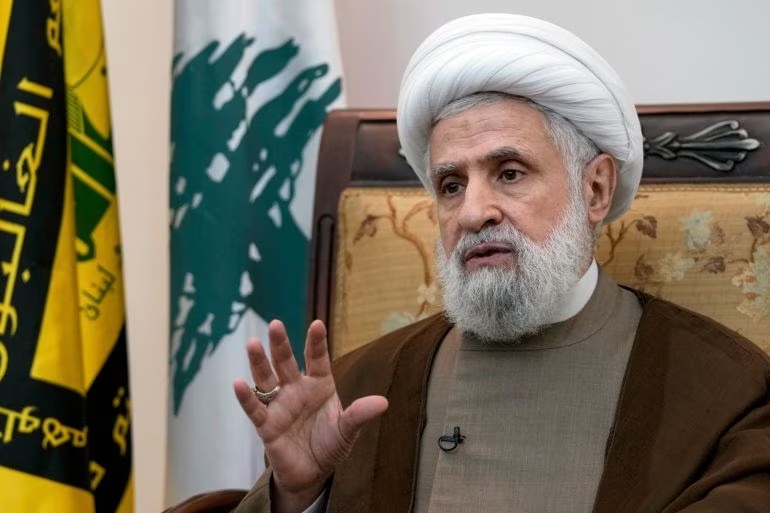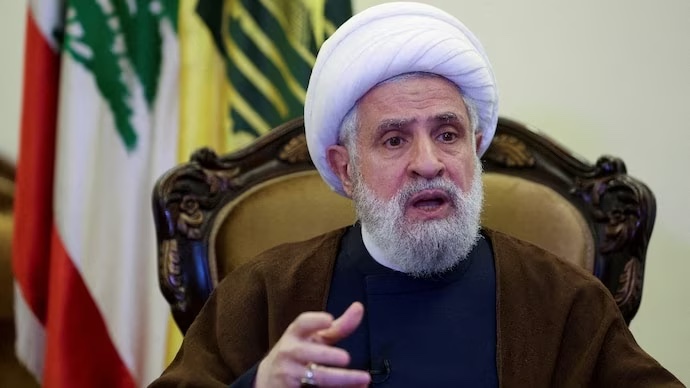 Hezbollah has named Naim Qassem as its new secretary-general following the assassination of Hassan Nasrallah, the group’s former leader, by Israeli forces on September 27. The announcement was made on Tuesday through Hezbollah’s official Telegram channel.
Hezbollah has named Naim Qassem as its new secretary-general following the assassination of Hassan Nasrallah, the group’s former leader, by Israeli forces on September 27. The announcement was made on Tuesday through Hezbollah’s official Telegram channel.
Who Is Naim Qassem?

Naim Qassem, a prominent figure in Shia political circles, has served as Hezbollah’s deputy secretary-general since 1991, during the tenure of former leader Abbas al-Musawi.
Qassem hails from Kfar Kila, a village in the Nabatieh governorate of southern Lebanon that has endured repeated Israeli attacks, with escalations over the past year. A religious scholar and mentor, Qassem studied under Grand Ayatollah Mohammad Hussein Fadlallah, a revered figure in Shia Islam. For decades, Qassem has taught religious classes across Beirut.
Qassem’s Journey to Hezbollah Leadership
Though now deeply embedded in Hezbollah’s leadership, Qassem’s political journey began elsewhere. In the 1970s, he joined the Movement of the Dispossessed, founded by Imam Musa al-Sadr, which later became part of the Amal Movement in Lebanon. However, he broke away from Amal and helped form Hezbollah in 1982, emerging as one of its founding clerics.
Over the years, Qassem has overseen segments of Hezbollah’s educational initiatives and contributed to the group’s parliamentary strategies. His public profile within Hezbollah is significant, as he has also served on the organization’s influential Shura Council. In 2005, he authored Hizbullah: The Story from Within , a book detailing the group’s history and ideology, which has been translated into several languages.
A New Leader Amid Turmoil
Qassem’s appointment comes at a critical time for Hezbollah, as Israel’s ongoing military actions in Lebanon have targeted much of the group’s leadership. After Nasrallah’s assassination, there was speculation that Hezbollah’s Shura Council might delay the selection of a new leader until the conflict with Israel subsides. Despite this, the council chose Qassem to guide the organization through this turbulent period.
Immediately following Nasrallah’s death, two potential successors emerged: Qassem and Hashem Safieddine, the head of Hezbollah’s executive council. While Safieddine was also targeted by Israeli forces in the days after Nasrallah’s assassination, his death was not announced until weeks later, reportedly due to military strikes that delayed rescue operations.
Notably, Qassem’s attire reflects a difference in lineage from his predecessors, as he wears a white turban, distinguishing him from Nasrallah and Safieddine, who wore black turbans to signify descent from the Prophet Muhammad.
With much of Hezbollah’s senior military leadership targeted in the recent conflict, Qassem steps into leadership at a pivotal time. The organization’s future strategy, both domestically and in its relations with political allies, may see shifts as regional dynamics continue to evolve.









